Economic Recovery and Job Growth
The ongoing economic recovery and job growth are significant drivers of the Home Loan Market. As employment rates improve, more individuals are likely to feel confident in their financial stability, prompting them to consider homeownership. Recent reports indicate that regions with robust job growth are witnessing a surge in housing demand, which in turn stimulates the home loan sector. This correlation suggests that as the economy continues to strengthen, the Home Loan Market may experience increased activity, with lenders poised to capitalize on the growing number of qualified borrowers seeking loans.
Rising Interest in Home Ownership
The Home Loan Market is currently experiencing a notable increase in interest among potential homeowners. This trend is driven by a combination of factors, including favorable economic conditions and a growing desire for personal space. Recent data indicates that homeownership rates have risen, with many individuals seeking to invest in property as a long-term asset. The Home Loan Market is responding to this demand by offering a variety of loan products tailored to different buyer profiles. As more people enter the market, lenders are likely to adapt their offerings to meet the diverse needs of these new homeowners, potentially leading to increased competition and innovation within the industry.
Shifts in Demographic Preferences
Demographic shifts are influencing the Home Loan Market, as younger generations exhibit different preferences regarding homeownership. Millennials and Gen Z are increasingly prioritizing urban living and sustainable housing options, which may affect their borrowing decisions. Recent data indicates that these demographics are more inclined to seek homes that align with their values, such as energy efficiency and proximity to amenities. As these trends gain traction, lenders in the Home Loan Market may need to adapt their offerings to cater to the evolving preferences of these younger buyers, potentially leading to new product developments and marketing strategies.
Technological Advancements in Lending
Technological advancements are reshaping the Home Loan Market, making the lending process more efficient and accessible. Innovations such as online applications, automated underwriting, and digital documentation are streamlining the borrowing experience. Data from recent surveys suggests that a significant percentage of borrowers prefer online platforms for their home loan applications, indicating a shift in consumer behavior. As technology continues to evolve, lenders in the Home Loan Market are likely to invest in digital solutions that enhance customer experience and reduce processing times. This trend not only benefits consumers but also positions lenders to operate more effectively in a competitive landscape.
Government Incentives for First-Time Buyers
Government incentives aimed at first-time homebuyers are playing a crucial role in the Home Loan Market. Various programs, such as down payment assistance and tax credits, are designed to make homeownership more attainable for individuals entering the market. Recent statistics reveal that these initiatives have led to an increase in loan applications from first-time buyers, contributing to a more dynamic market. As these programs continue to evolve, they may further stimulate demand within the Home Loan Market, encouraging more individuals to pursue homeownership and potentially leading to a rise in property values.
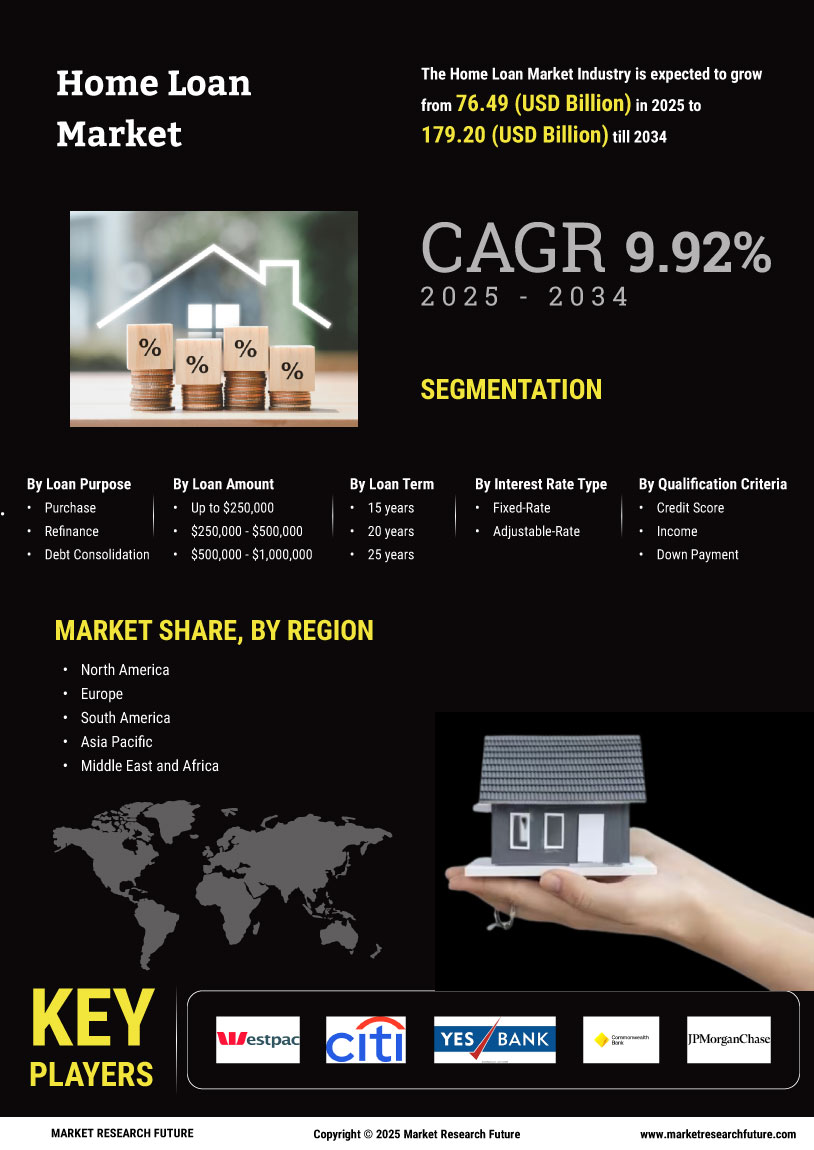

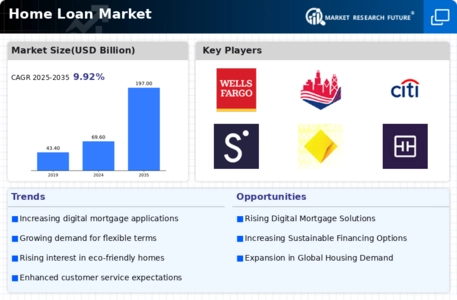

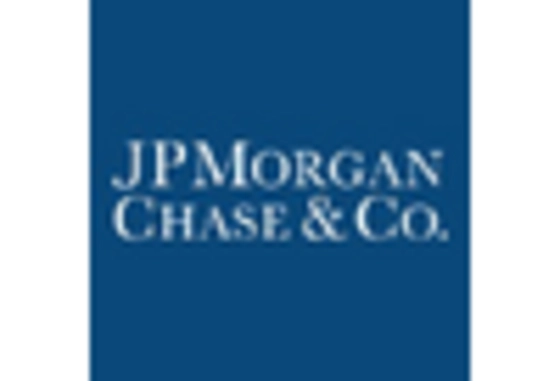

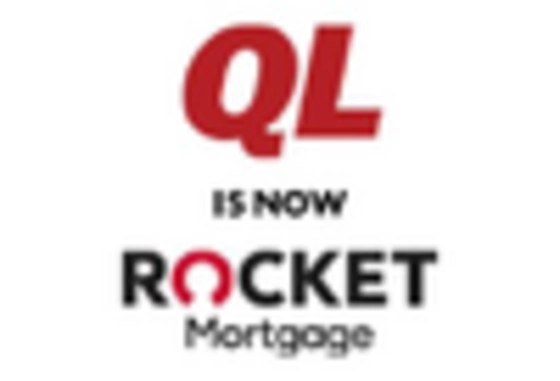
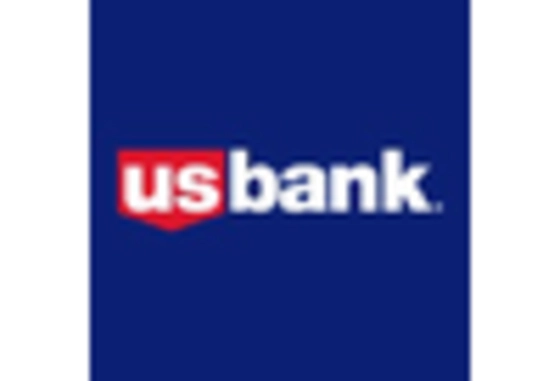
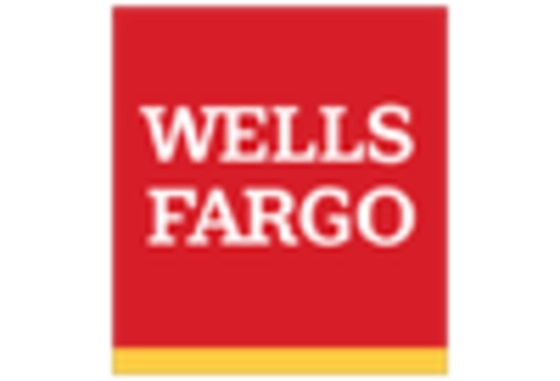








Leave a Comment